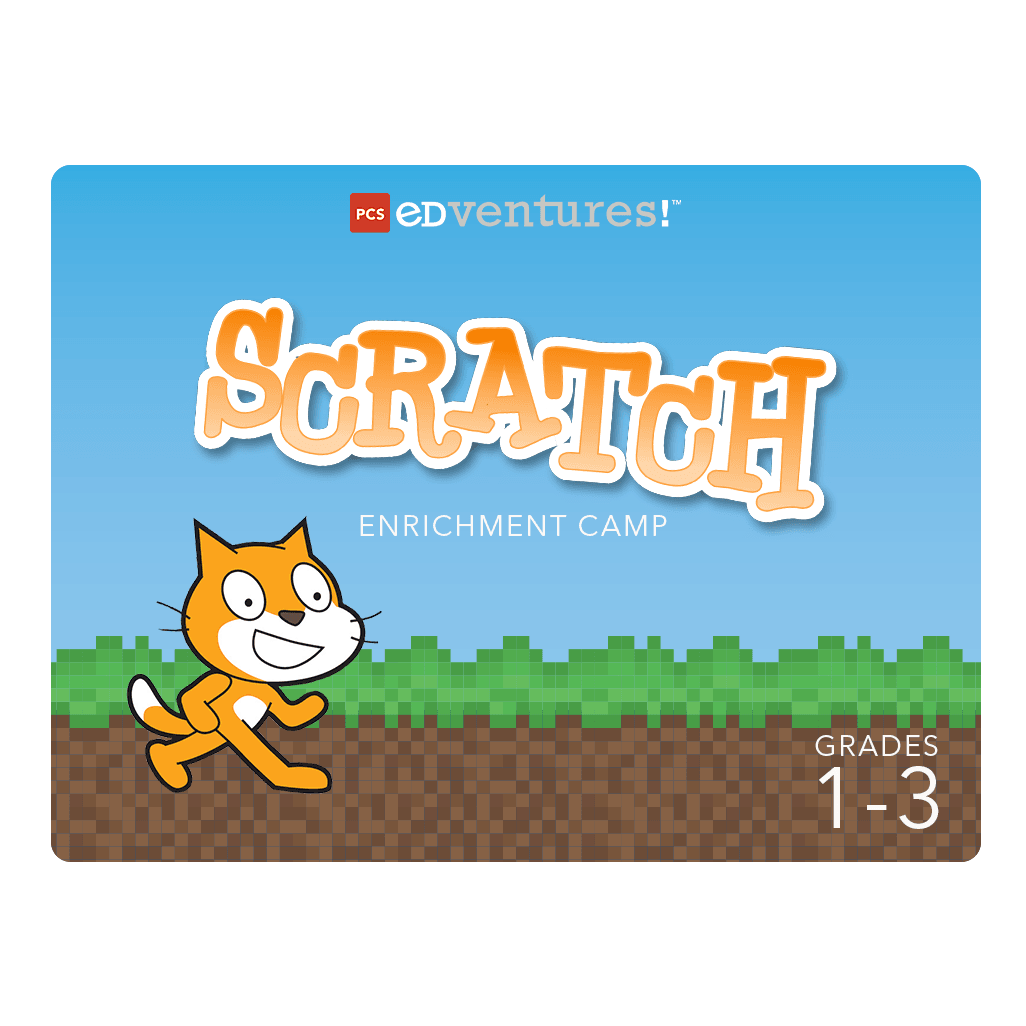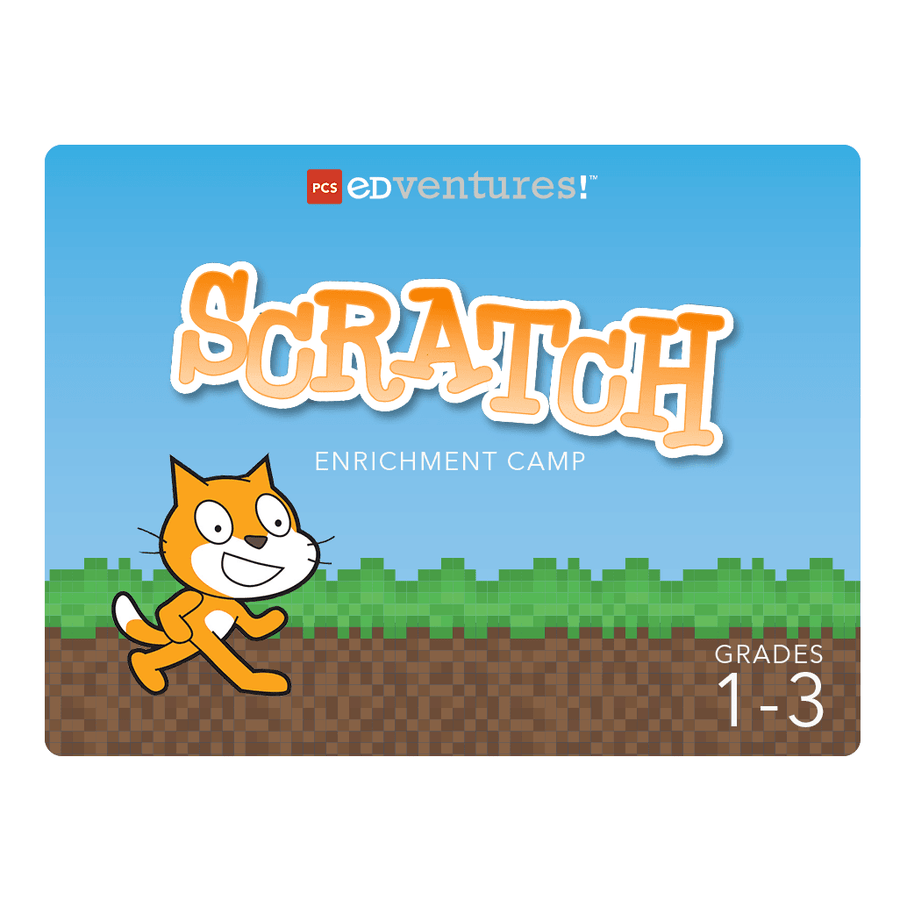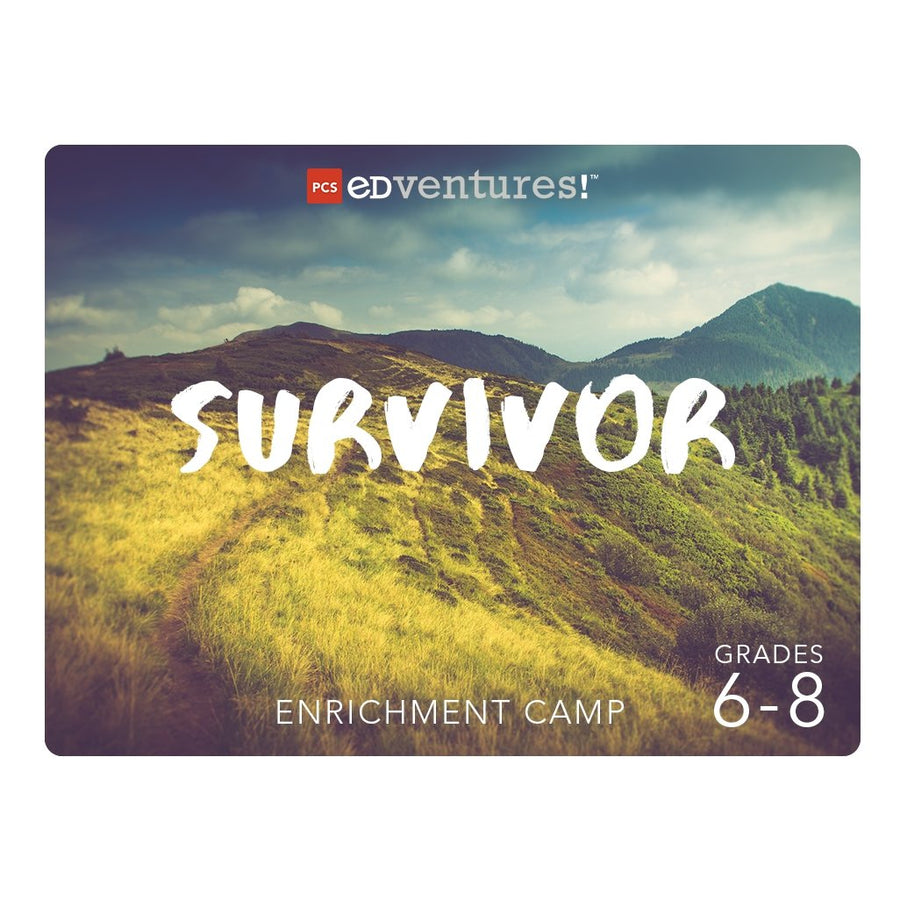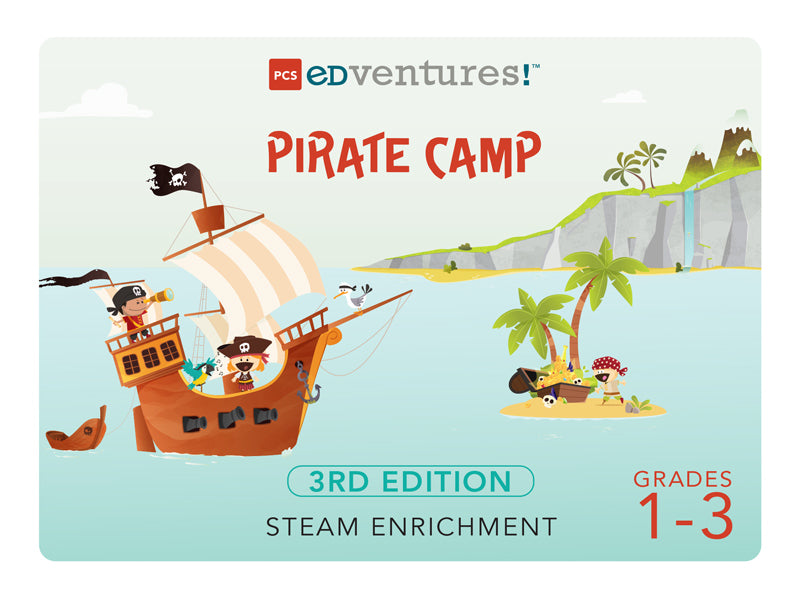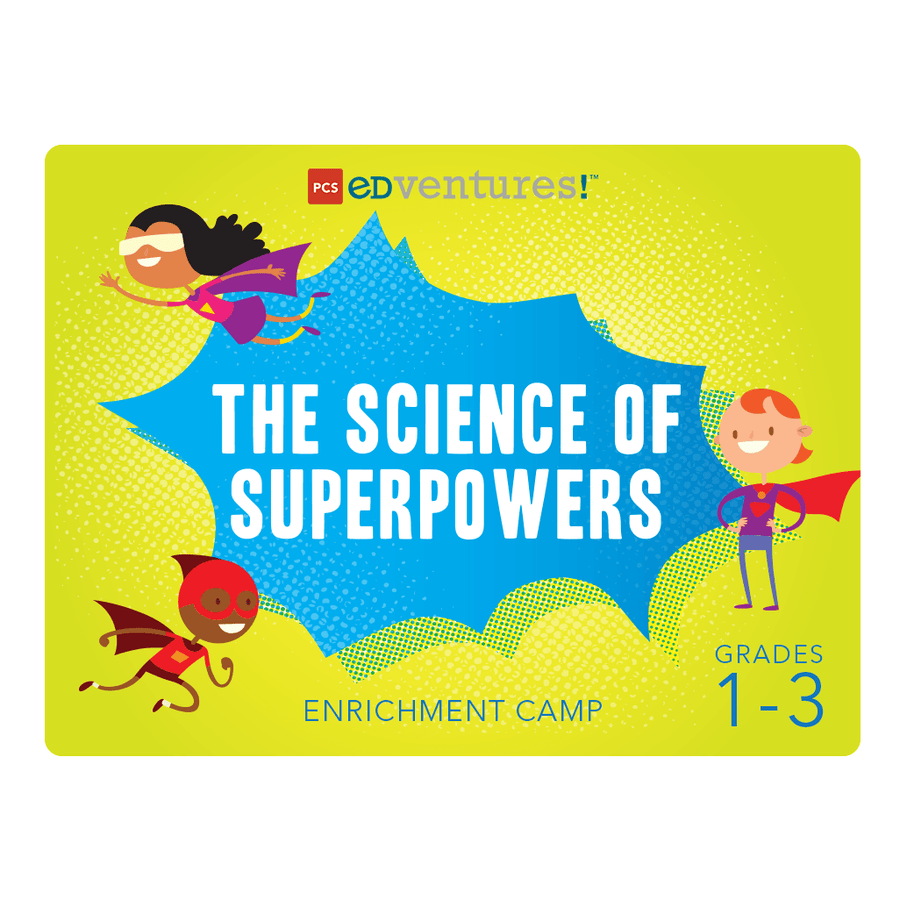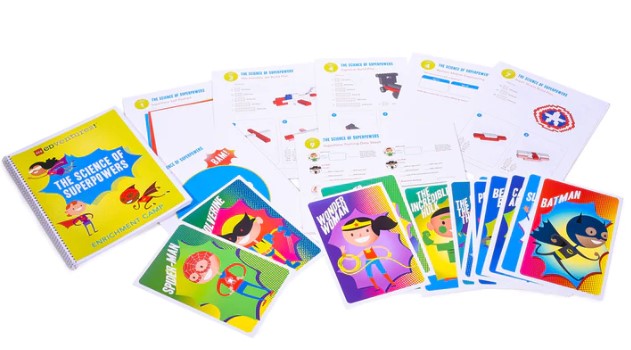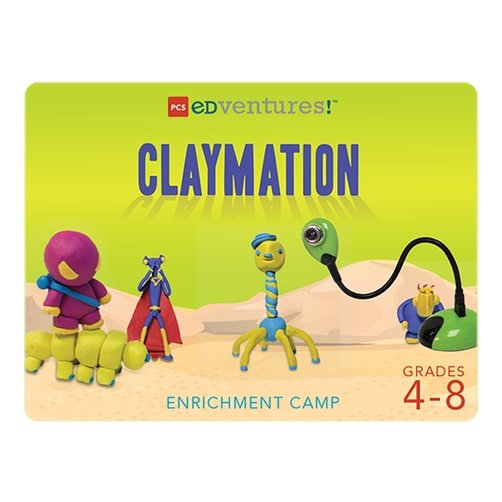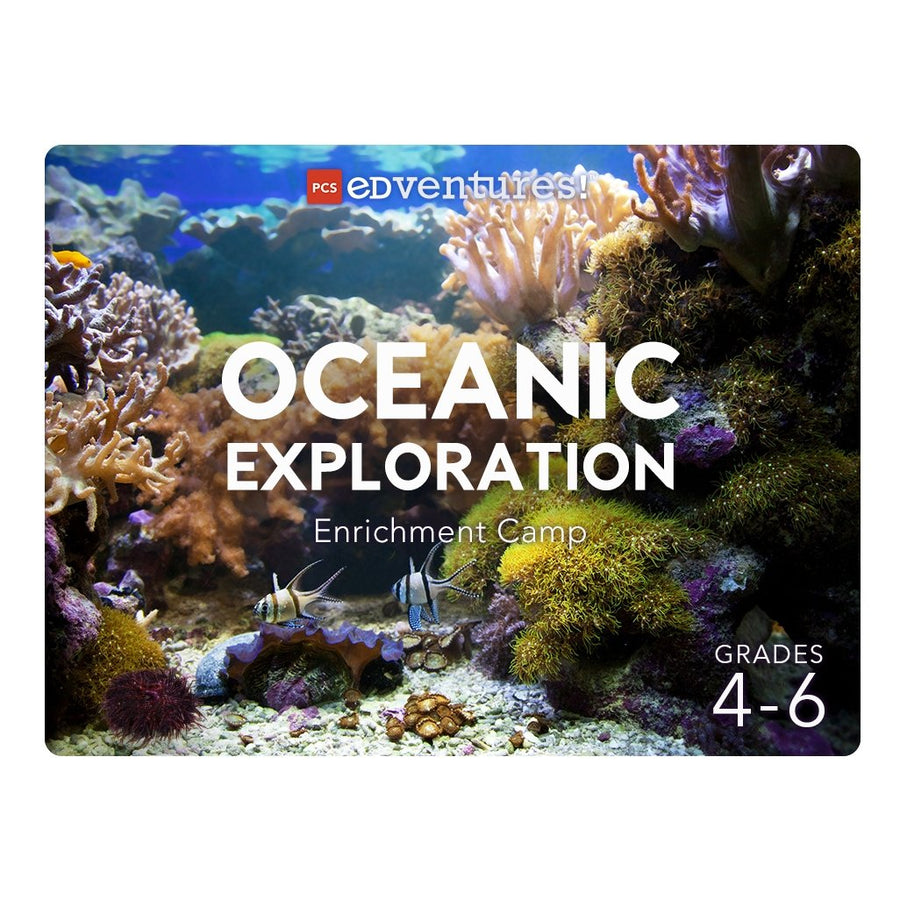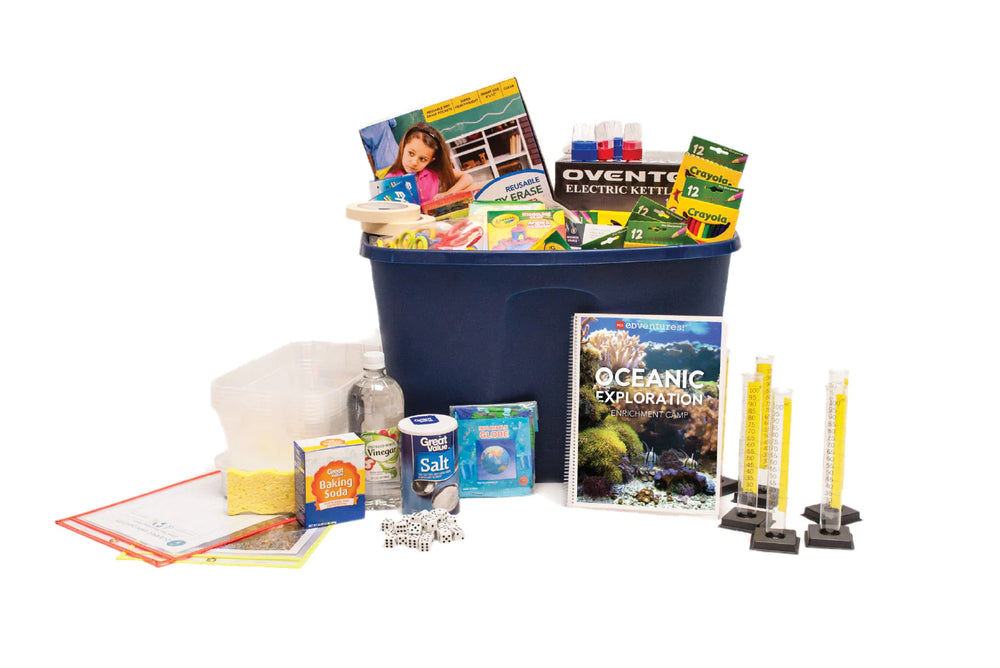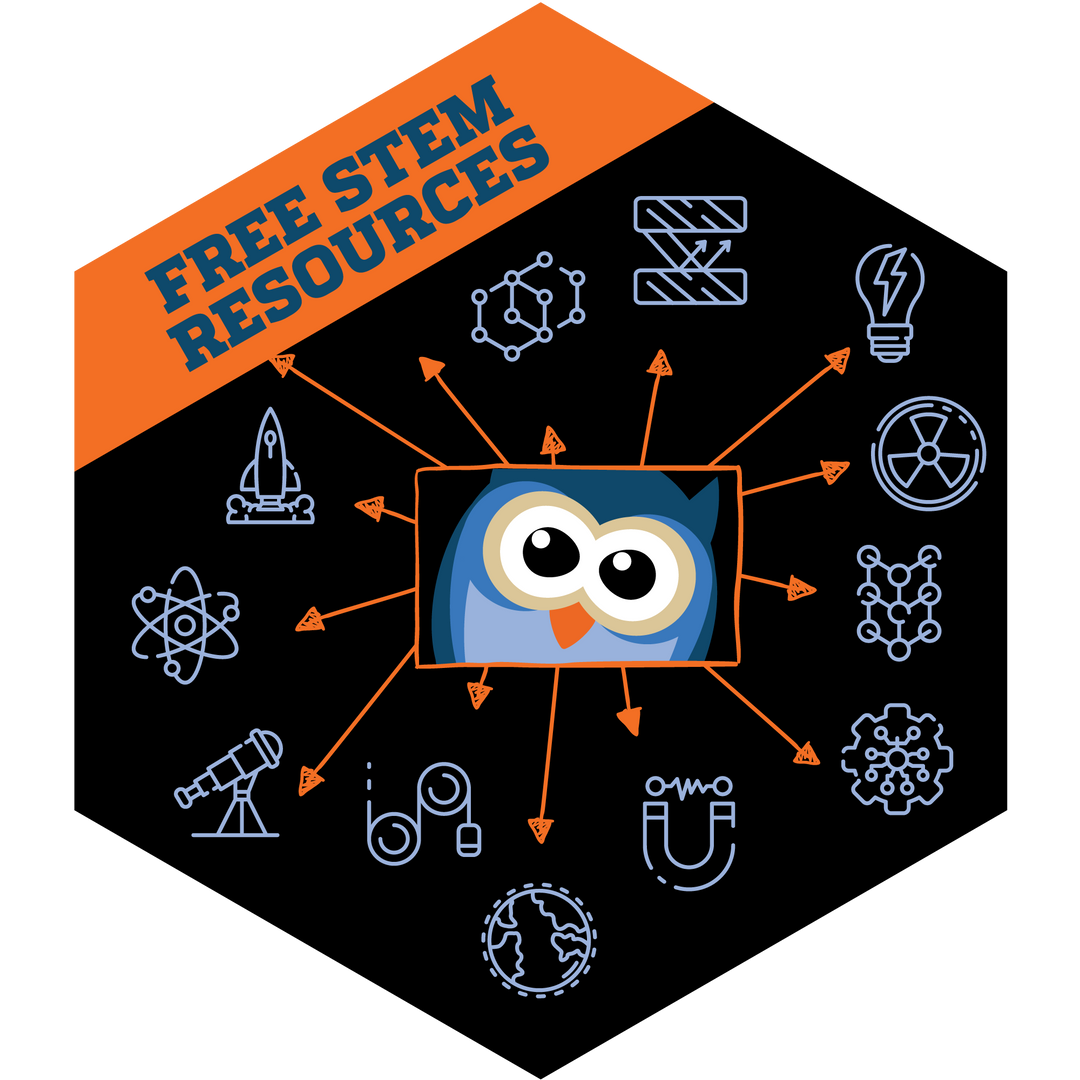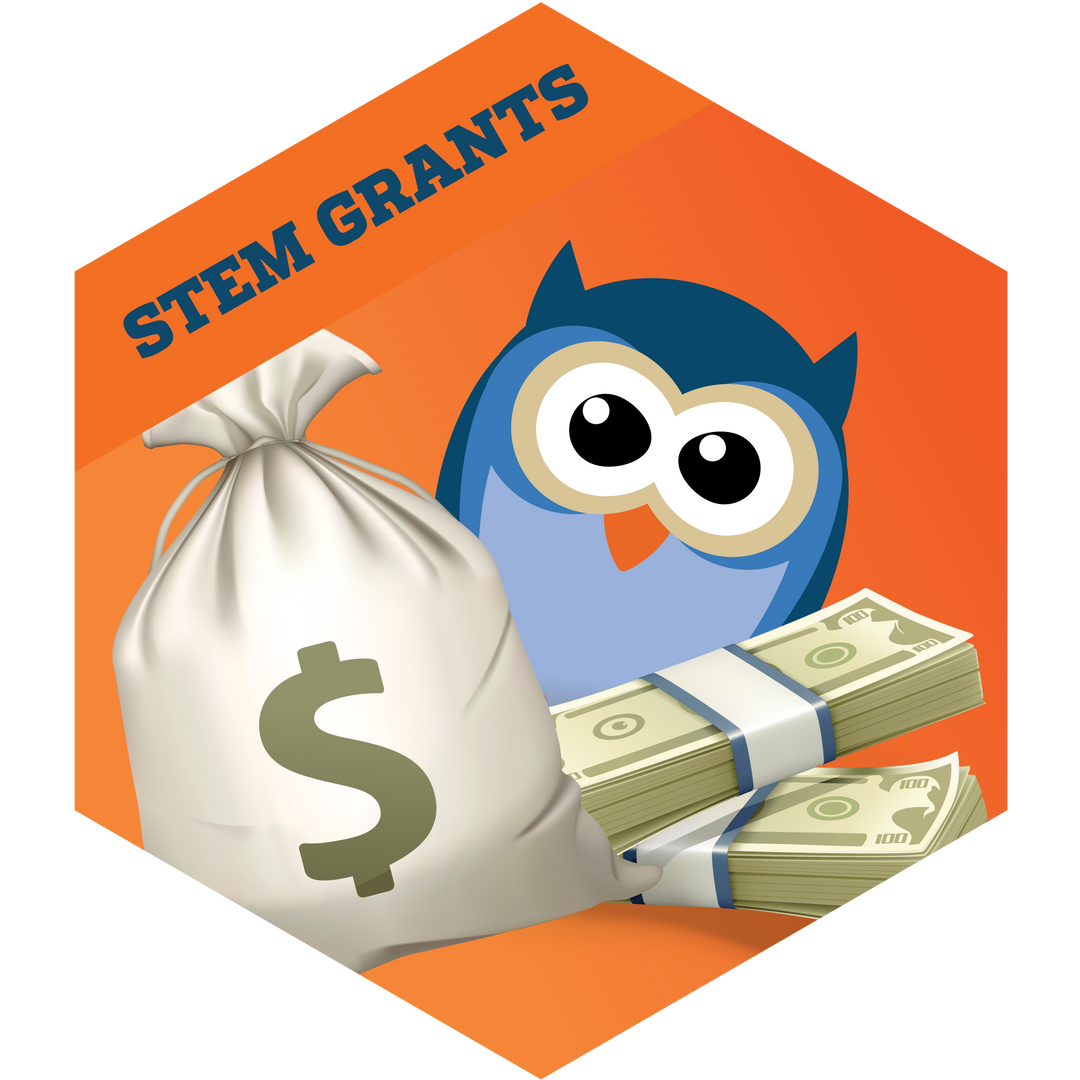Scratch Camp
-
Grades: 1-3
-
Students: Up to 30
- Contact Hours: 12+
- Lesson Plan Sample PDF
Animation and basic computer programming are combined in state-of-the-art teaching software developed and maintained by MIT. Scratch is not only free, but continually being updated by the brains at MIT to encourage young students to combine creativity and logic with fun, animated activities. This camp utilizes the Scratch software and developed a series of exciting projects that walks students through basics and eventually challenges them to build their very own interactive storyboard with voice,video, animated characters and more. See the world of computer programming in a whole new light with this camp and Scratch drag-and-drop interface that encourages authentic student discovery and growth.
*Must have access to computers able to use the free Scratch software.
The camp includes 12 days of activities, each designed to last about one hour. Use one lesson a day, clump them together into larger blocks or break them apart to be worked in one at a time throughout the course of a school year.
The Scratch Camp includes all of the curriculum and materials needed for summer camps, after-school environments, and classroom enrichment time.
Tech Requirements:
One device per student recommended (Scratch is compatible with any Internet-connected device, including desktops, laptops, iPads, Android tablets, and Chromebooks)
Best when used with video projector available
Materials Included:
The camp comes with a spiral bound Instructor Manual and 30 sets of student curriculum pages printed on virtually indestructible no-tear polymer. Digital curriculum download includes Instructor Manual and student curriculum pages.
Lesson Titles:
- Introduction to Scratch
- The Pen and Precise Motion
- Spirographs
- Multiple Events and a Multiplayer Game
- Music and Dancing Sprites
- Bitmap Graphics
- Speaking Sprites
- Costumes and Changing Seasons
- Vector Graphics
- Introducing IF Statements
- Asking and Answering
- Animations
Next Generation Science Standards:
NGSS K2ETS11 Ask questions, make observations, and gather information about a situation people want to change to define a simple problem that can be solved through the development of a new or improved object or tool.
NGSS 3ESS21 Represent data in tables and graphical displays to describe typical weather conditions expected during a particular season.
Common Core State Standards for Math:
CCSS.MATH.CONTENT.2.NBT.A.1. Understand that the three digits of a three digit number represent amounts of hundreds, tens, and ones; e.g., 706 equals 7 hundreds, 0 tens, and 6 ones.
CCSS.MATH.CONTENT.4.MD.C.5. Recognize angles as geometric shapes that are formed wherever two rays share a common endpoint, and understand concepts of angle measurement.
CCSS.MATH.CONTENT.4.MD.C.5.A. An angle is measured with reference to a circle with its center at the common endpoint of the rays, by considering the fraction of the circular arc between the points where the two rays intersect the circle. An angle that turns through 1/360 of a circle is called a one- degree angle, and can be used to measure angles.
CCSS.MATH.CONTENT.4.MD.C.5.B. An angle that turns through n one-degree angles is said to have an angle measure of n degrees.
Note: Due to production time, this item typically ships 2-3 weeks after receipt of the order. During peak season, April-June, lead time is around 6 weeks. Please plan and order accordingly.


